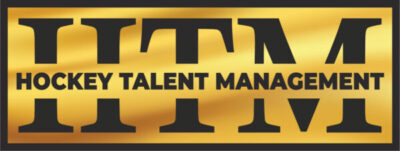RB76
Registered User
- Aug 22, 2023
- 96
- 115
Always enjoy the read and this is all fun speculation of course as were we're trying to predict how the future will unfold but like OMG67 indicated we will have to revisit in two years but I wanted to get my thoughts out:
I agree high end 20/21 yr olds joining the NCAA will no doubt raise the level of competition and make it extremely difficult for the avg 18/19 yr old to be able to really stand out.
Also, why risk major injury? Just as 16yr olds suffer major injuries playing junior hockey against 20/21 yr olds, many 18/19/20 yr olds often suffer major career threatening injuries playing pro before they are fully ready.
I could see the different leagues including the NHL, NCAA, CHL and USHL working together to develop a preferred development path which could maybe include a CHL/USHL championship series and a bigger and better final NCAA Championship Tournament.
The NIL Money situation is evolving. The current F1 visa allows foreign born students to make passive income only from NIL but perhaps schools figure out a way to get around this?
As for the grind of University education, most athletes won't carry a full load especially during the season or graduate but the experience and time management lessons will undoubtedly better prepare them for life after hockey. The next generation of younger athletes will undoubtedly start focusing more on their education path which is a good thing.
Last thought, regarding training and development. If it was all about practicing, skills, gym and film study the Russians would have taken over long ago. There's a balance to this thing called life and this generation has a different mindset and way of doing things, let's see how it all works out!
I agree high end 20/21 yr olds joining the NCAA will no doubt raise the level of competition and make it extremely difficult for the avg 18/19 yr old to be able to really stand out.
Also, why risk major injury? Just as 16yr olds suffer major injuries playing junior hockey against 20/21 yr olds, many 18/19/20 yr olds often suffer major career threatening injuries playing pro before they are fully ready.
I could see the different leagues including the NHL, NCAA, CHL and USHL working together to develop a preferred development path which could maybe include a CHL/USHL championship series and a bigger and better final NCAA Championship Tournament.
The NIL Money situation is evolving. The current F1 visa allows foreign born students to make passive income only from NIL but perhaps schools figure out a way to get around this?
As for the grind of University education, most athletes won't carry a full load especially during the season or graduate but the experience and time management lessons will undoubtedly better prepare them for life after hockey. The next generation of younger athletes will undoubtedly start focusing more on their education path which is a good thing.
Last thought, regarding training and development. If it was all about practicing, skills, gym and film study the Russians would have taken over long ago. There's a balance to this thing called life and this generation has a different mindset and way of doing things, let's see how it all works out!



